Agroecology: An Innovative Way of Farming Led by Cuba facing Climate Change
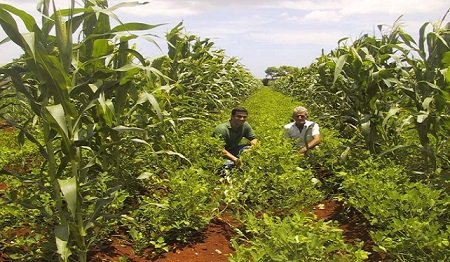
Cuba, much like the rest of the planet, is under direct threat from climate change. Sea levels, which are rising at an alarming rate due to human activity, as well as extreme weather, are all serious threats to crops. Largely to blame is human activity and the burning of fossil fuels. According to the National Ocean Service, “The two major causes of global sea level rise are thermal expansion caused by warming of the ocean (since water expands as it warms) and increased melting of land-based ice, such as glaciers and ice sheets. The oceans are absorbing more than 90 percent of the increased atmospheric heat associated with emissions from human activity.” Cuba is at risk of losing land and coastal habitats, both crucial to the survival of its agricultural economy and the wellbeing of its citizens.
Agroecology is a type of farming that diverts from reliance on monocrops (growing one type of crop at a time) and instead fosters biodiversity by limiting pesticides. Biodiversity in agriculture is a growing wide variety of plants to increase overall hardiness. Specifically, tamarind, guava, plantains, and sweet potatoes are plants that are well adapted to droughts and storms in Cuba. Though the practice dates back millennia, the modern agroecology movement started in Cuba due to lack of funding for pesticides in the 1990s.
An example of the resilience of agro-ecological farms? After a devastating storm, “Monocultures lost about 75 percent of tree cover, where agro-ecological farms lost 60 percent.” In What Cuba Can Teach Us About Food and Climate Change, author Raj Patel, explains that agro-ecology revolves around “Campesino a Campesino” – peasant to peasant who collaborate with scientists and farmers to share ideas to further the spread of agro-ecology. This is a different kind of “social approach” to farming. There is more power for the farmers and in the decision-making process. (This farming trend may change and Cuba’s food system is not foolproof either spends money to import food to feed its people.) Furthermore, according to Lois Ross, author at Rabble.ca, of The World Has Much to Learn from Cuba’s Agroecological Revolution asserts, “These days, many nations are also recognizing that health, environment and the need to address climate change means we will all likely soon need to emulate at least some of the Cuban farm and urban food production practices.” Cuba’s system is a great example for other countries, including the US.
The US has its own set of challenges with climate change and farming, specifically with droughts, and can follow in Cuba’s innovative footsteps. The US faces devastating dust storms in central states because of poor farming practices and policies, and in addition, now droughts due to climate change. Dan Charles, a food and agriculture correspondent for National Public Radio, argued that there arises a problem when farmers pull out of the Conservation Reserve Program because the program “pays them to grow grass, trees, and wildflowers in order to protect the soil and also provide habitat for wildlife.” This type of farming and letting the soil blow away is not sustainable.
Here’s where agroecology comes into the picture. This method is being implemented in the US with the establishment of a Cuba-US Agroecology Network. There mission is defined to connect “people, institutions and movements in Cuba and the U.S. to build more ecologically resilient, socially just and economically fair farming systems through agroecology.” CUSAN is taking a step forward and the US working with Cuba, “a global leader in sustainable food and farming systems.” This relationship is a model for the rest of the world. The interconnective nature to fight against climate change is critical. Together we should turn to agroecology to better be equipped to battle food insecurity during climate change, and in the process, save ourselves and the planet!
Sophia Falco is a guest contributor to The Script and a Foothill College student.





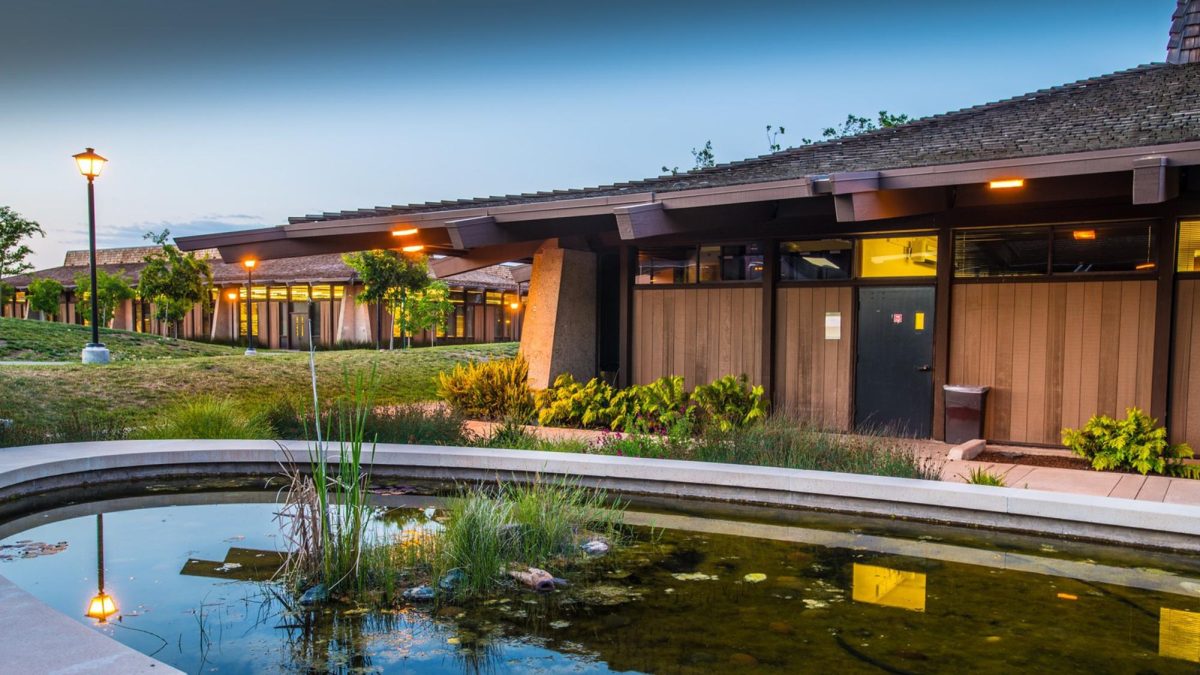


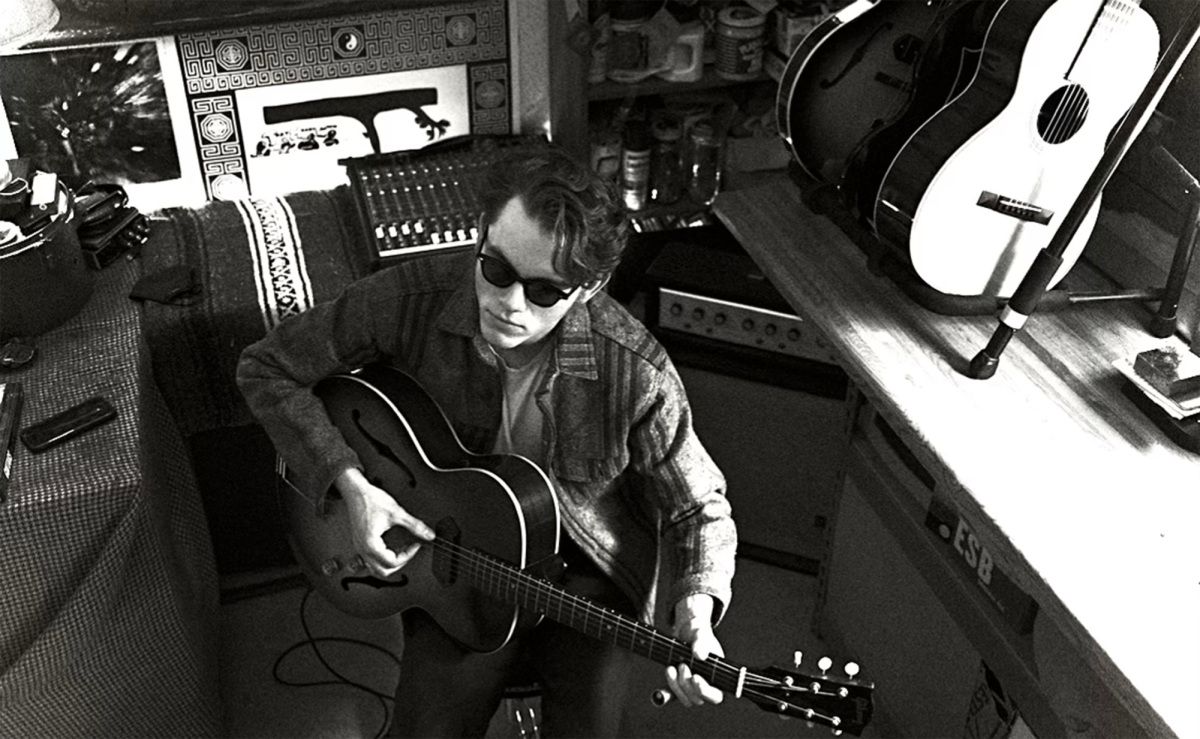
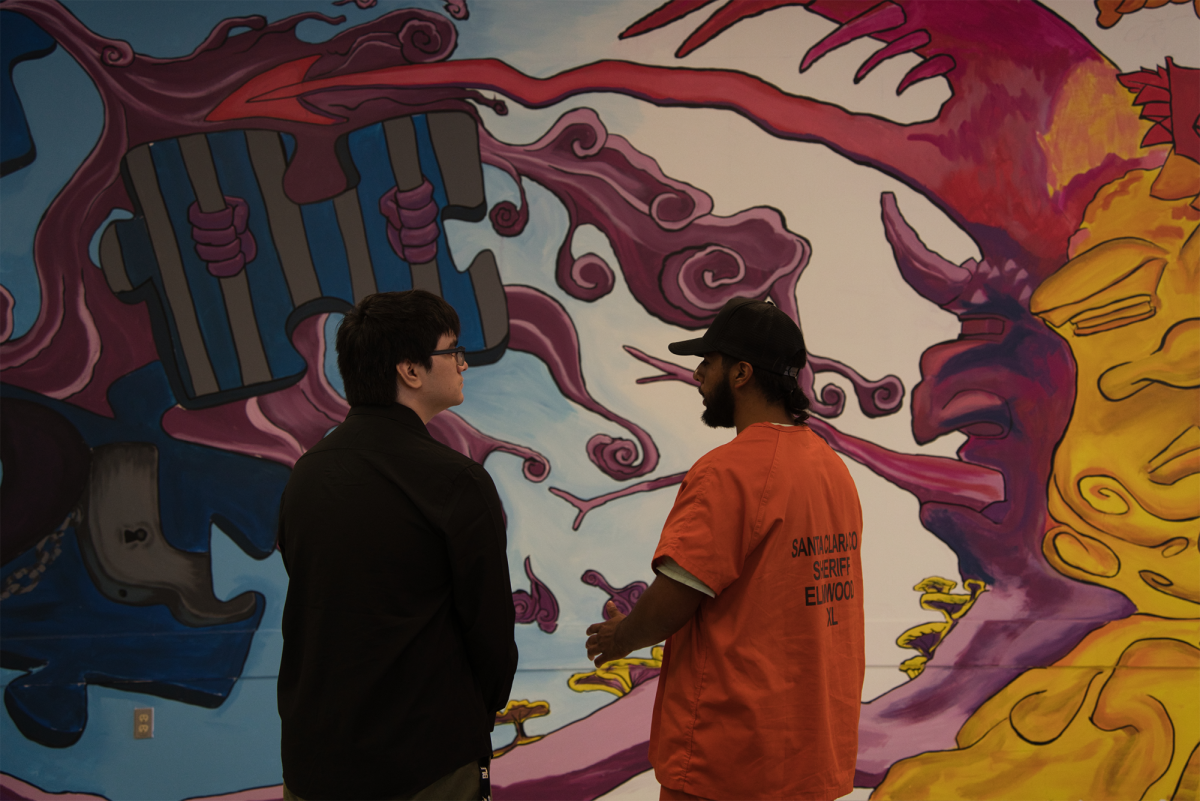


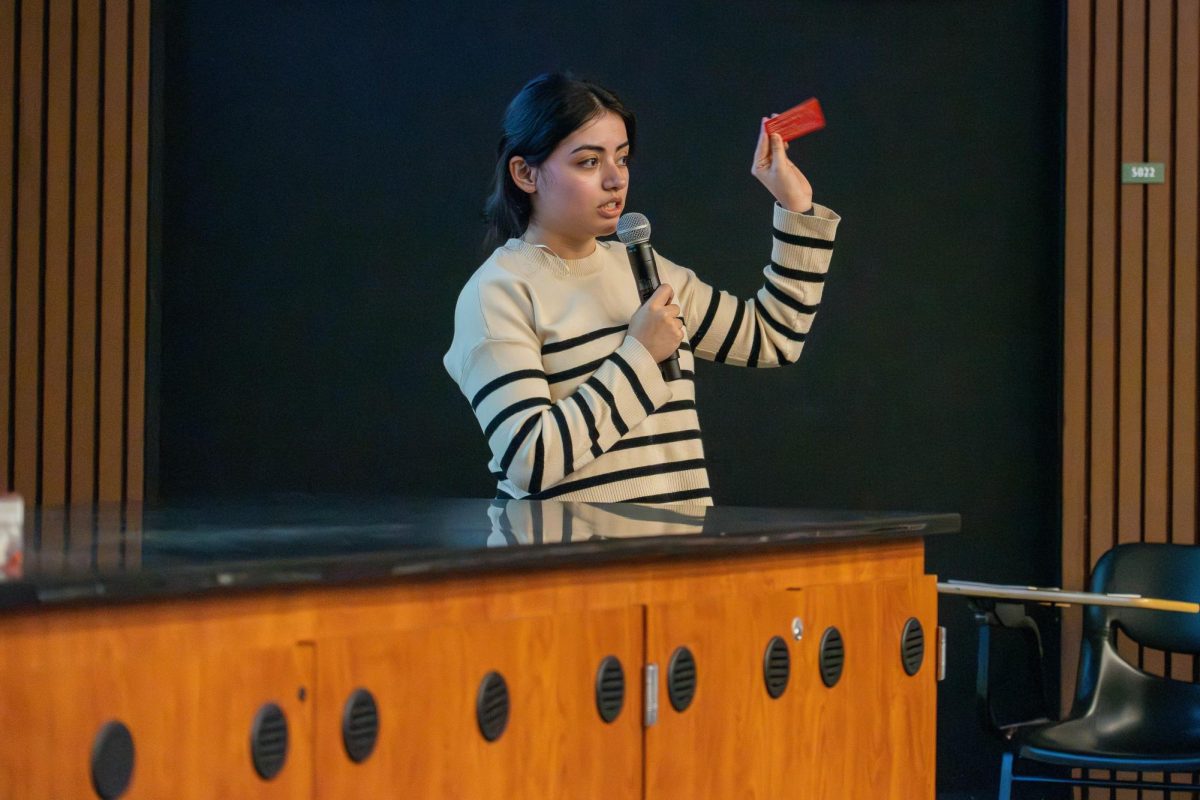
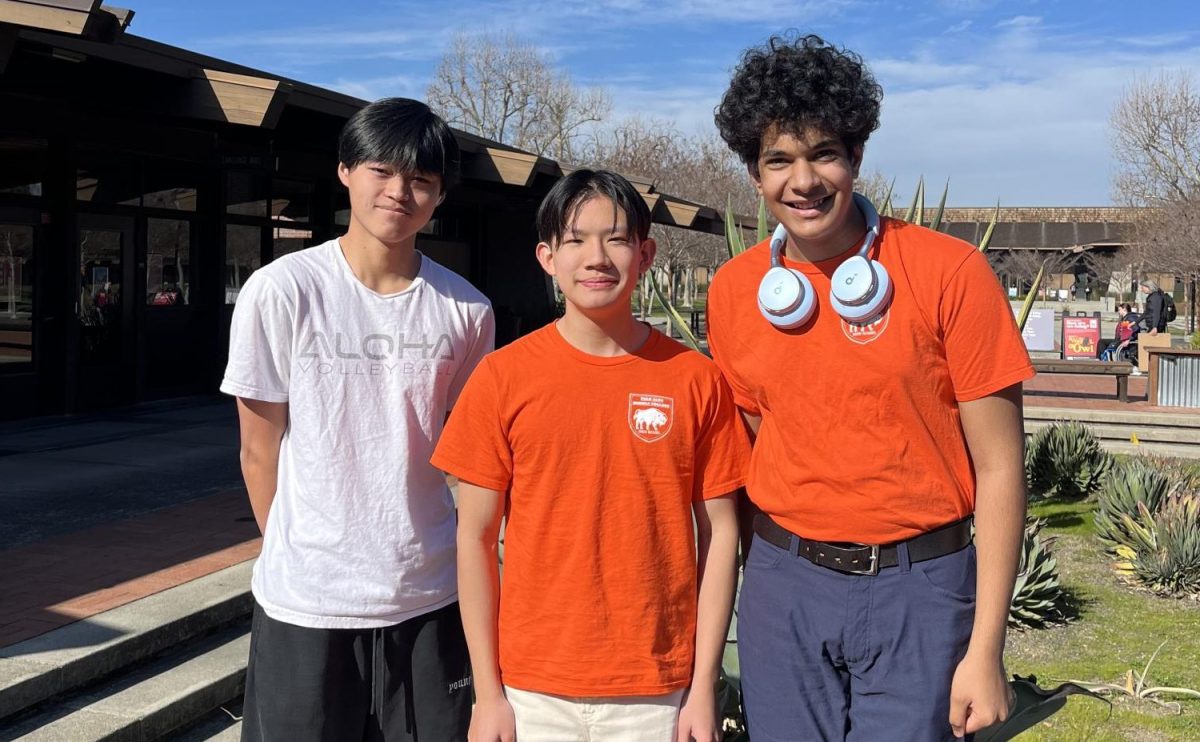






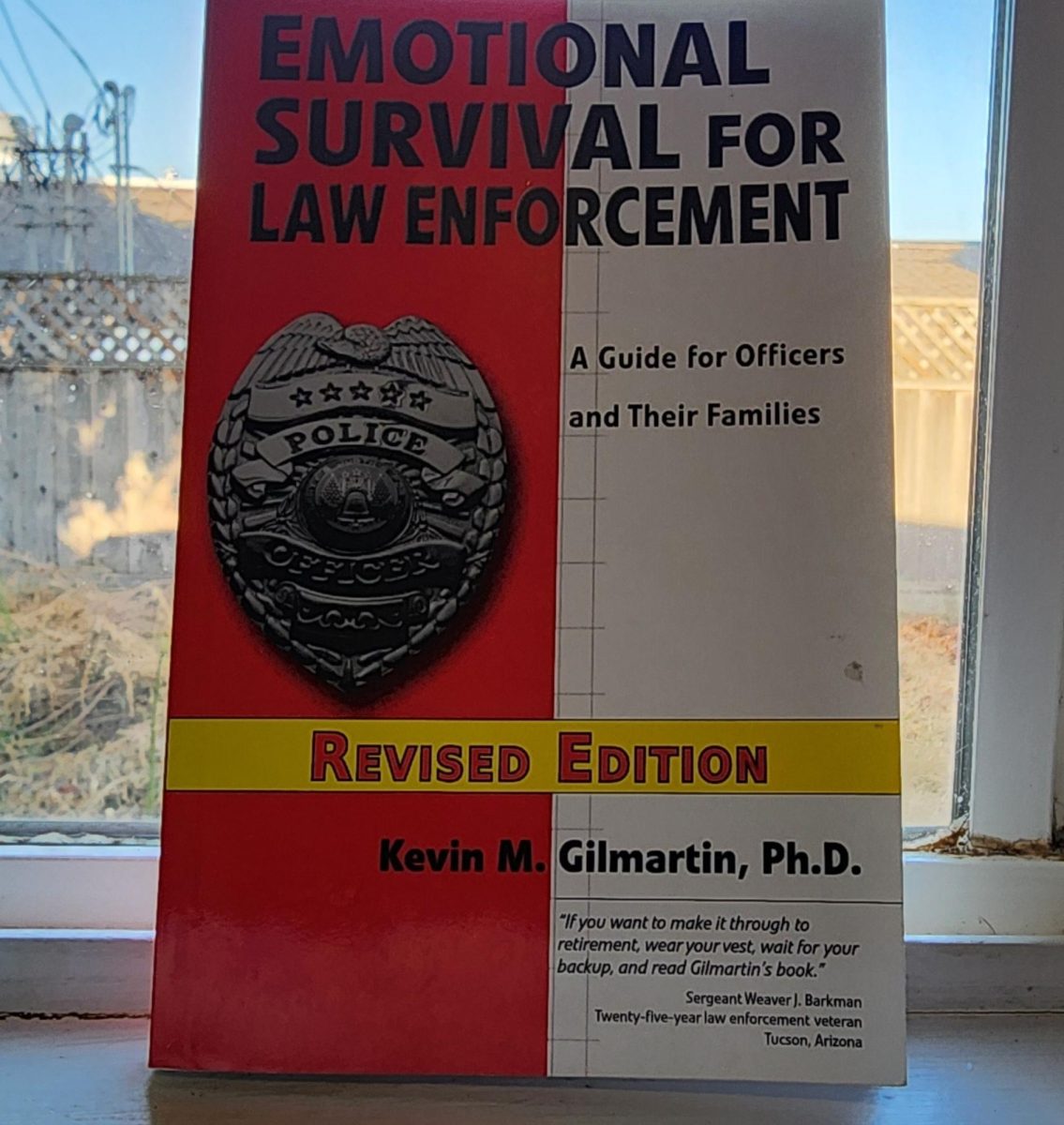
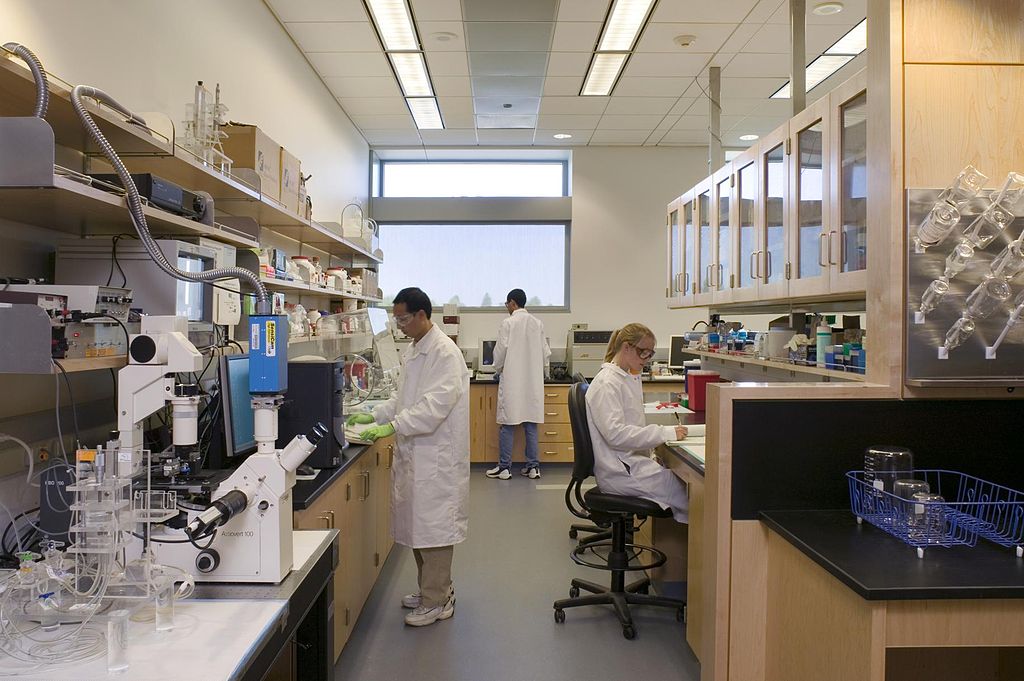






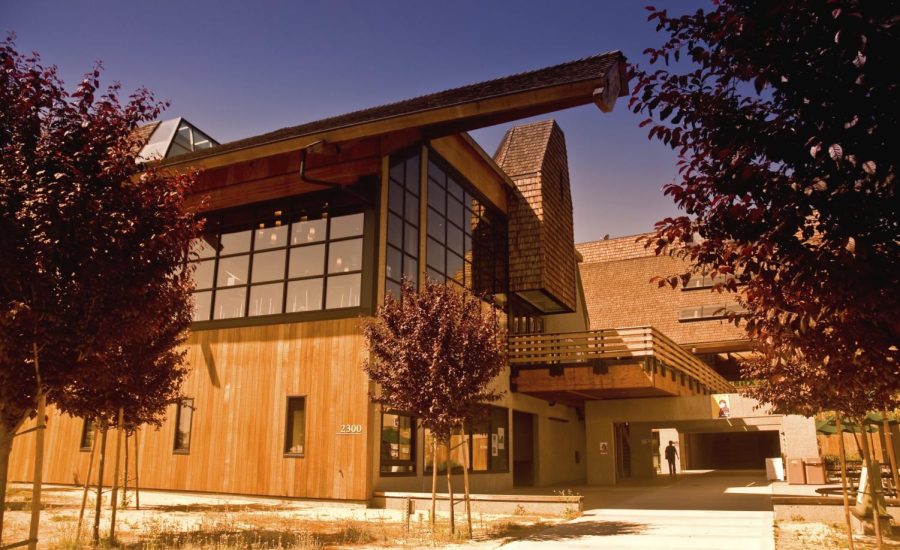

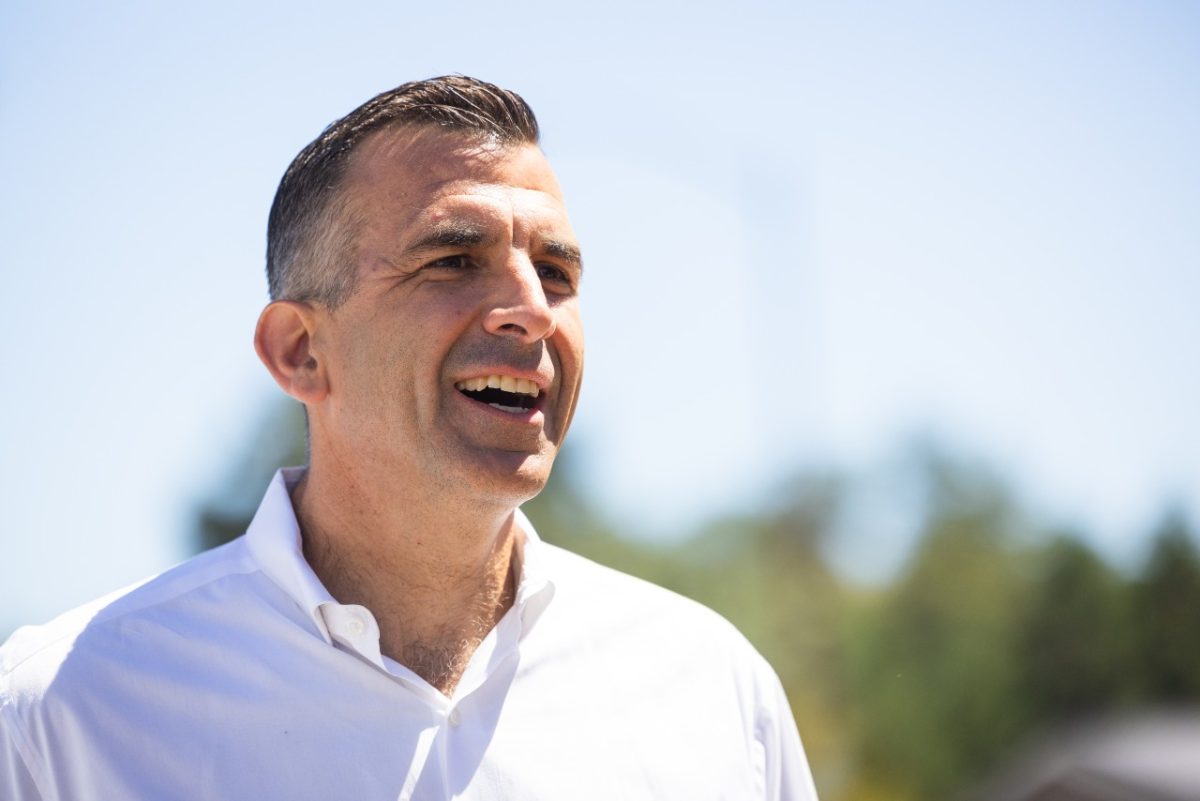

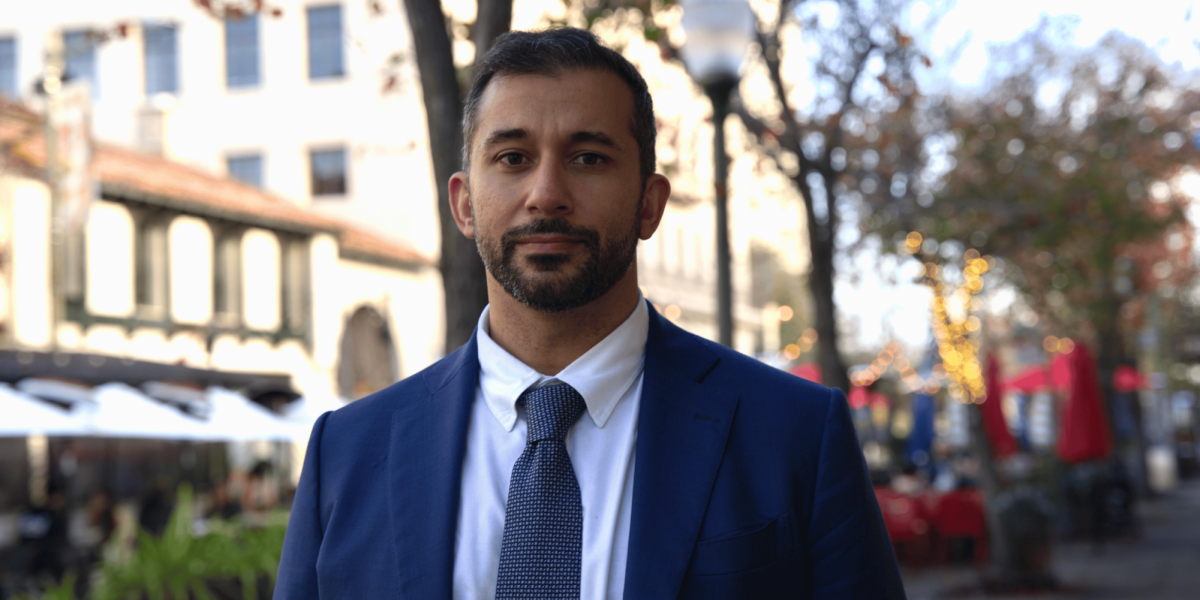






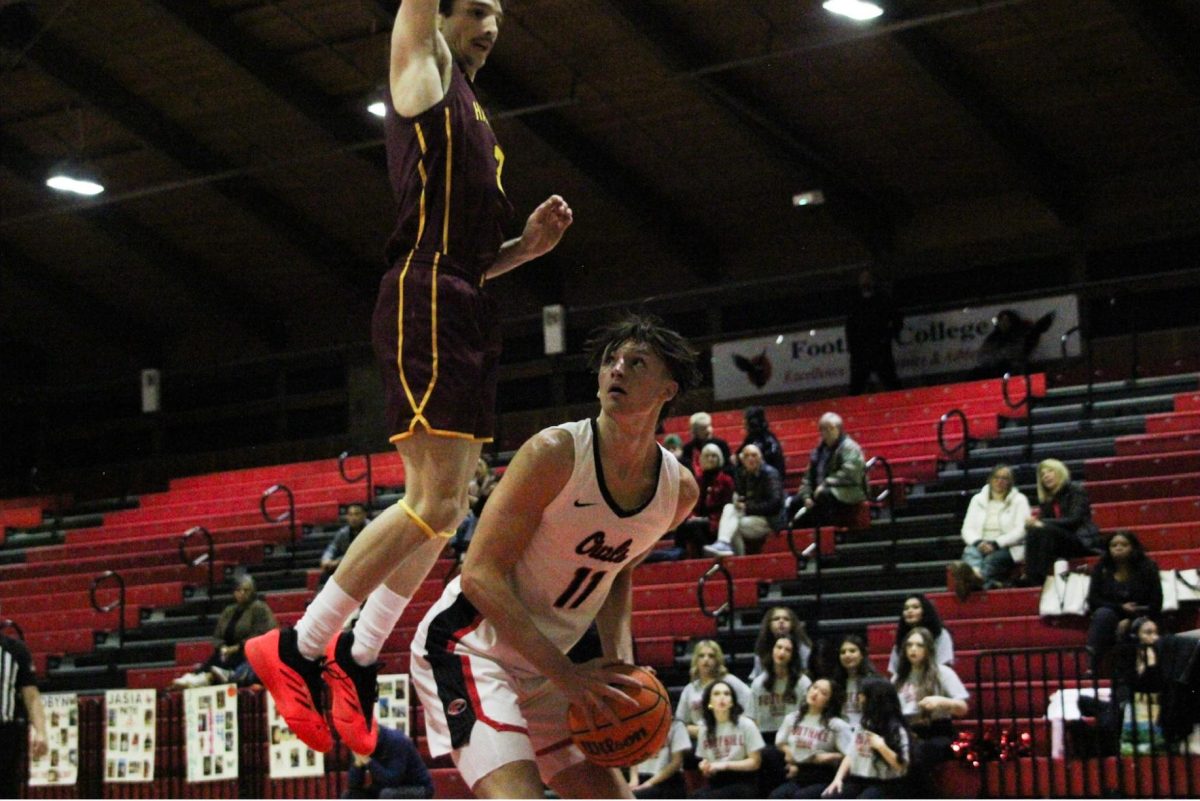
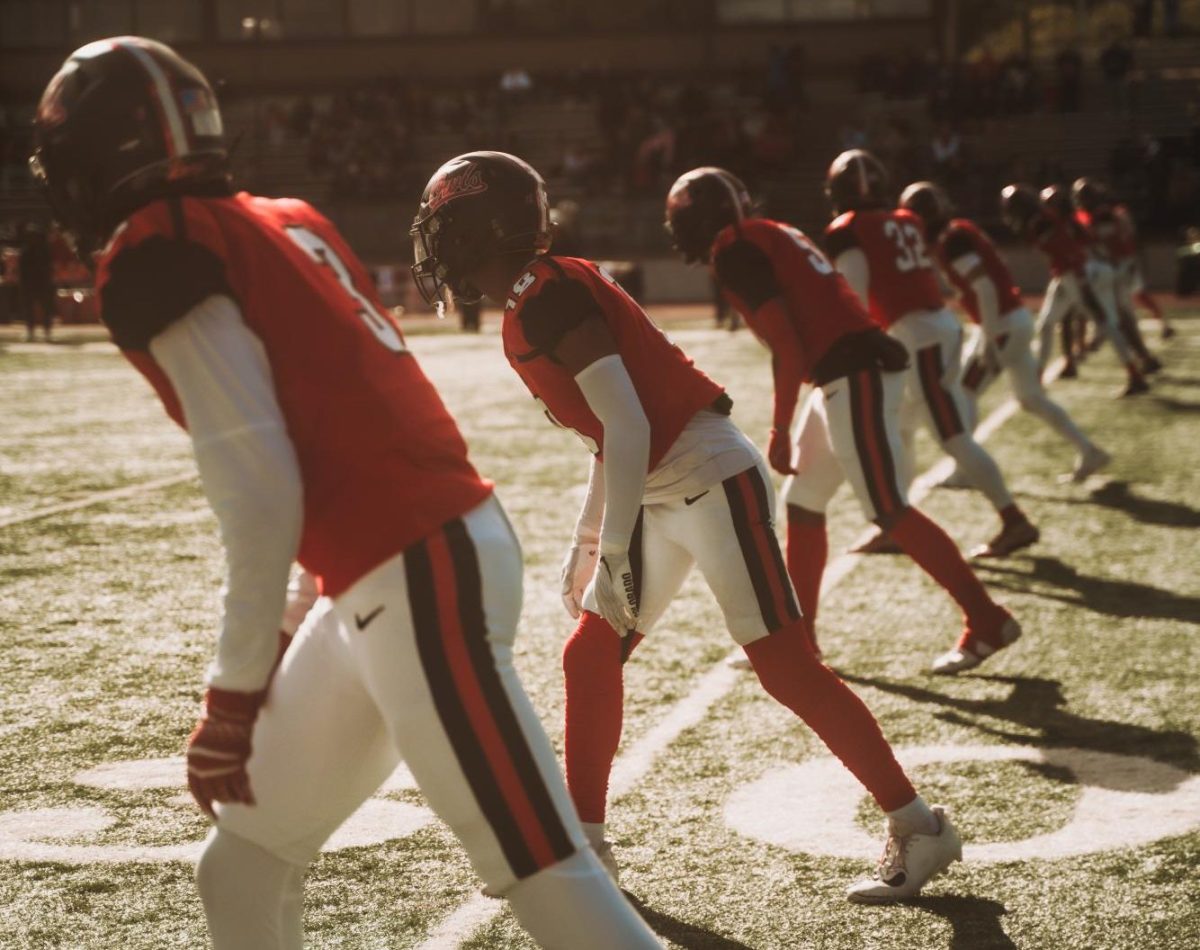


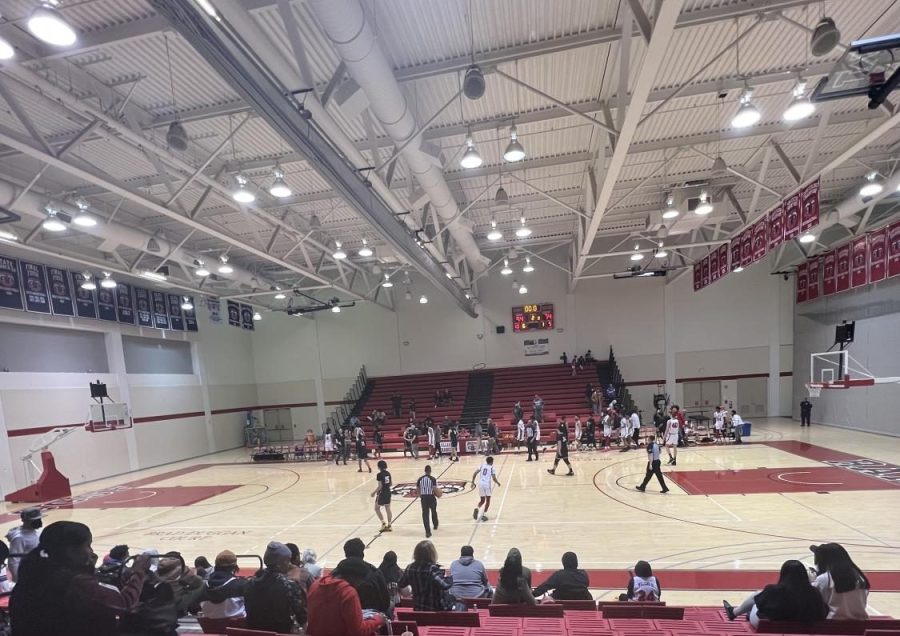



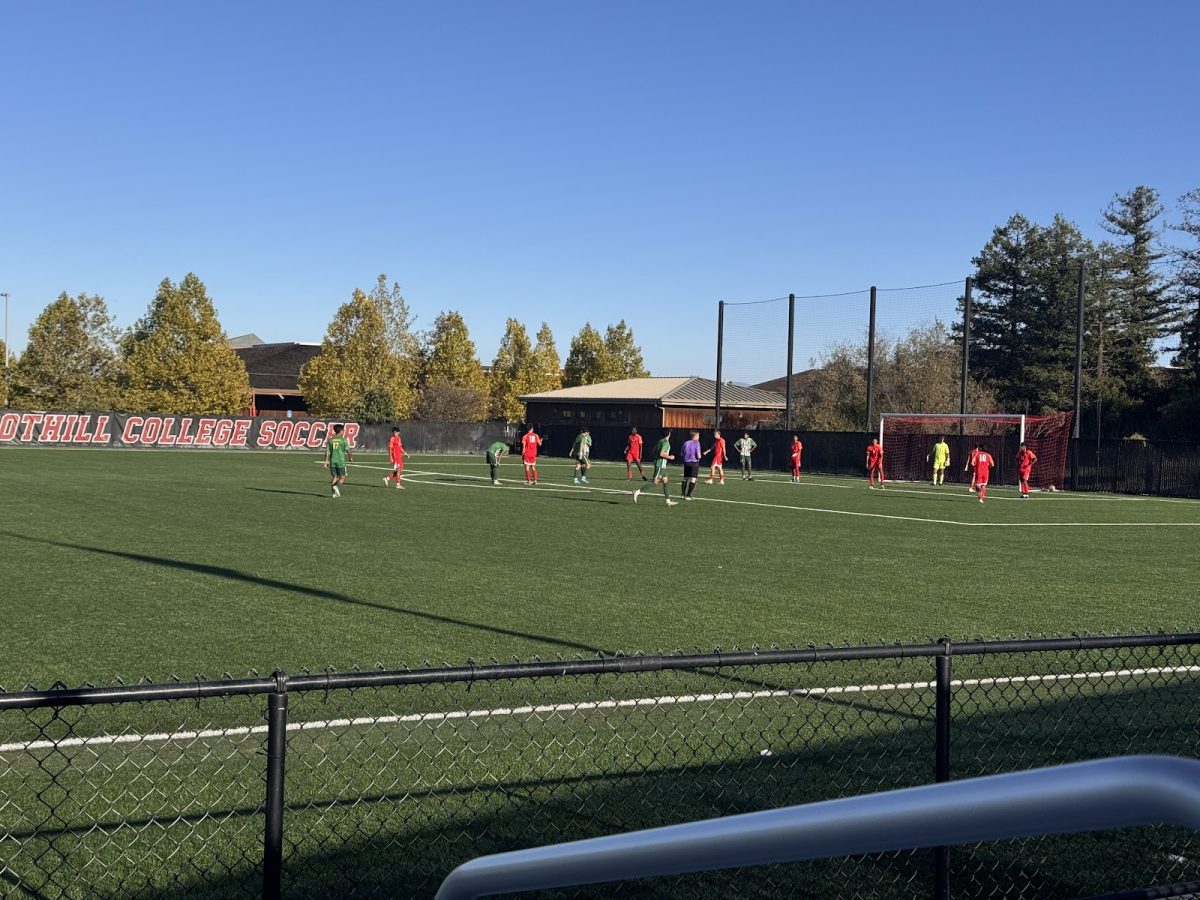
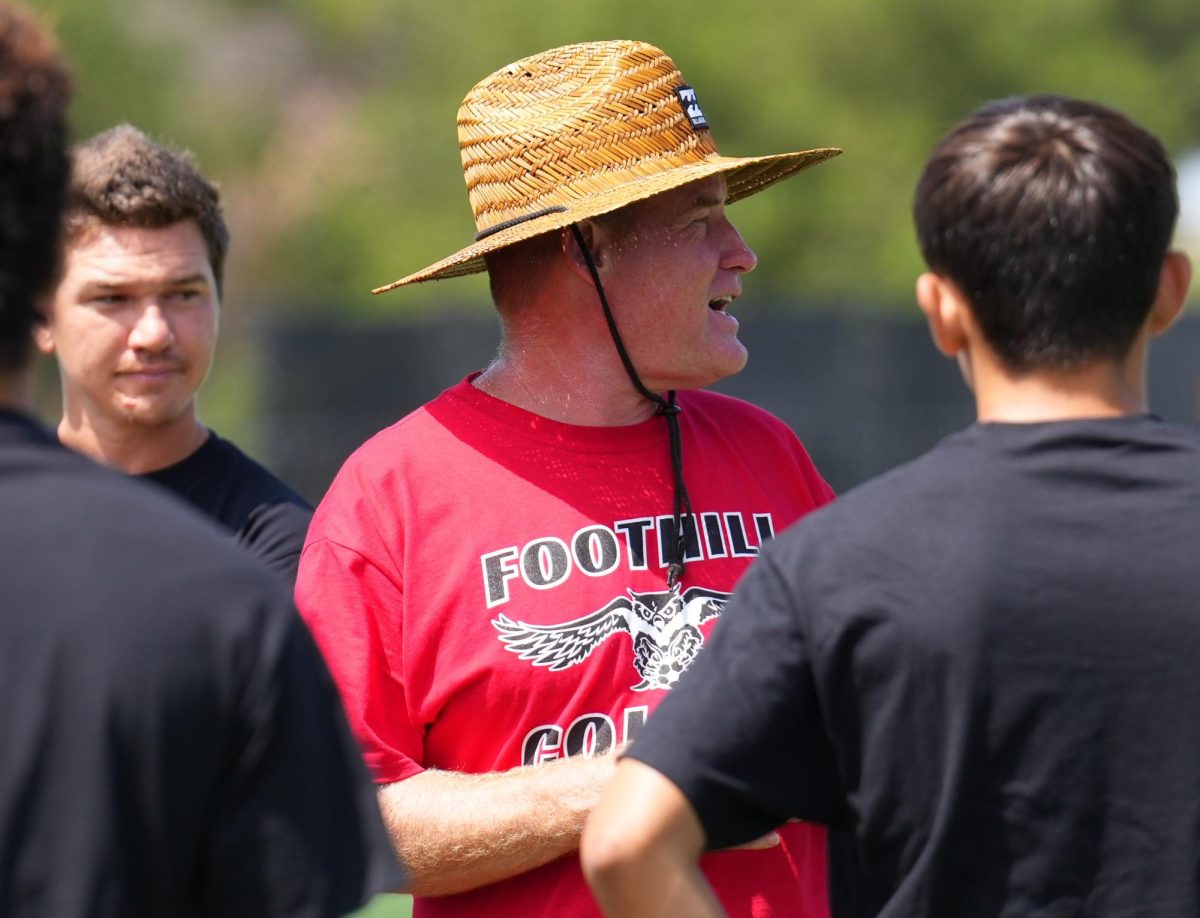

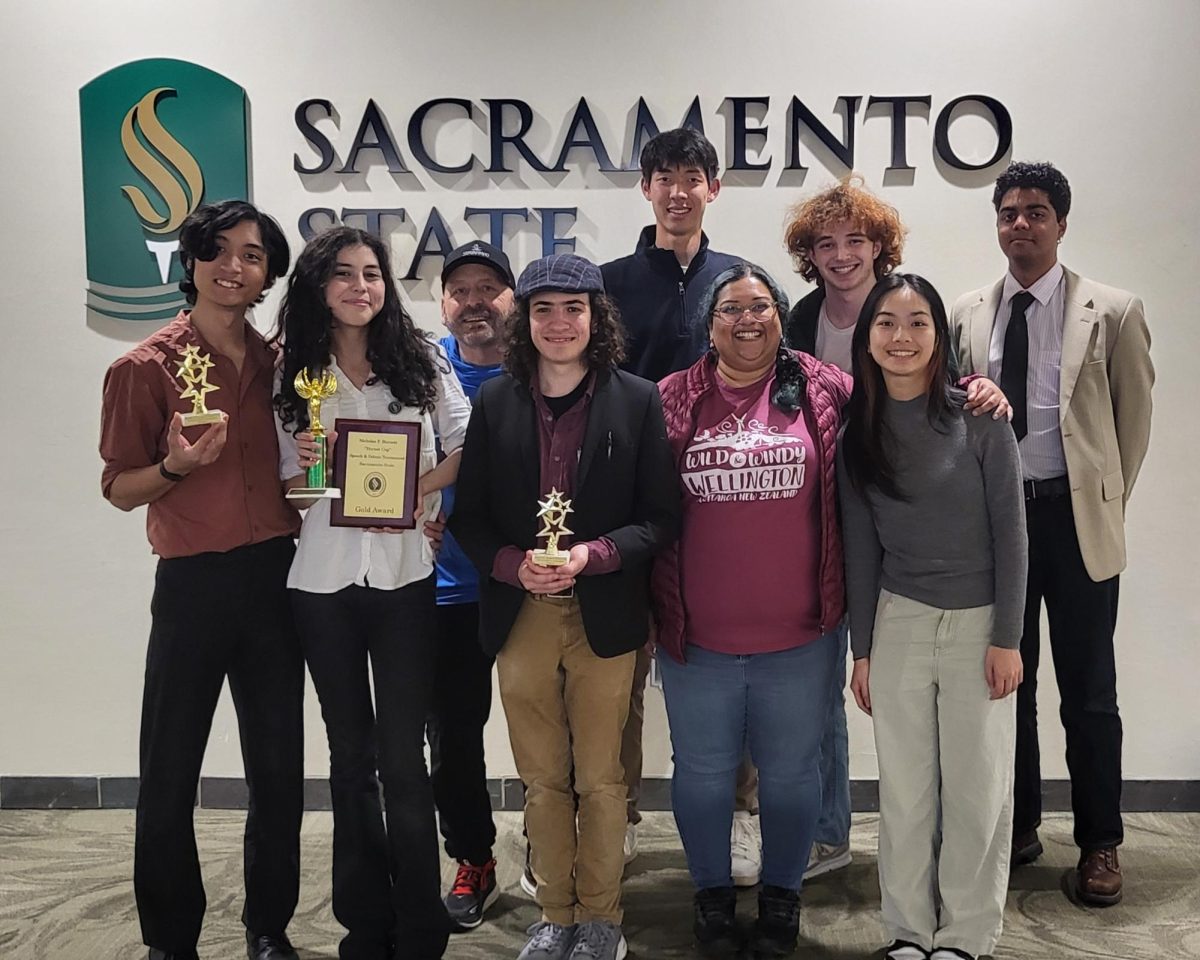







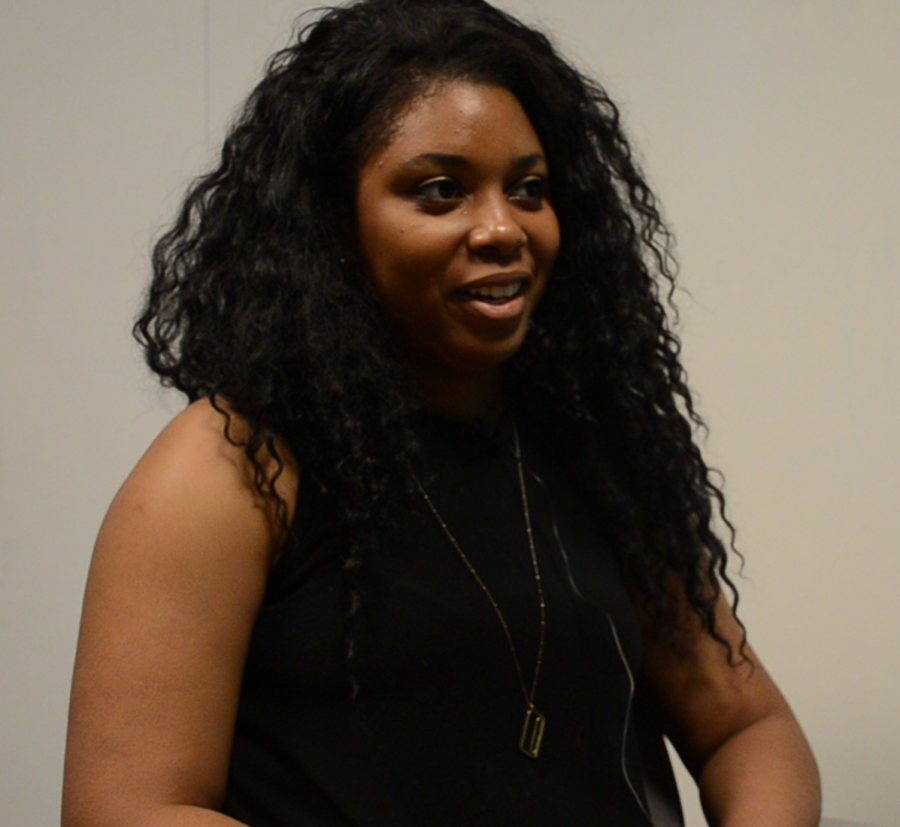
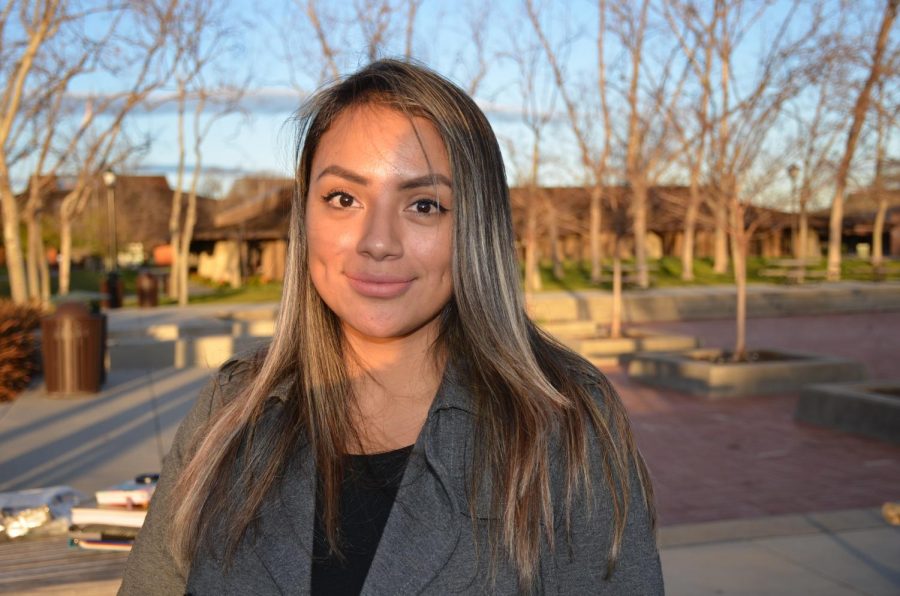
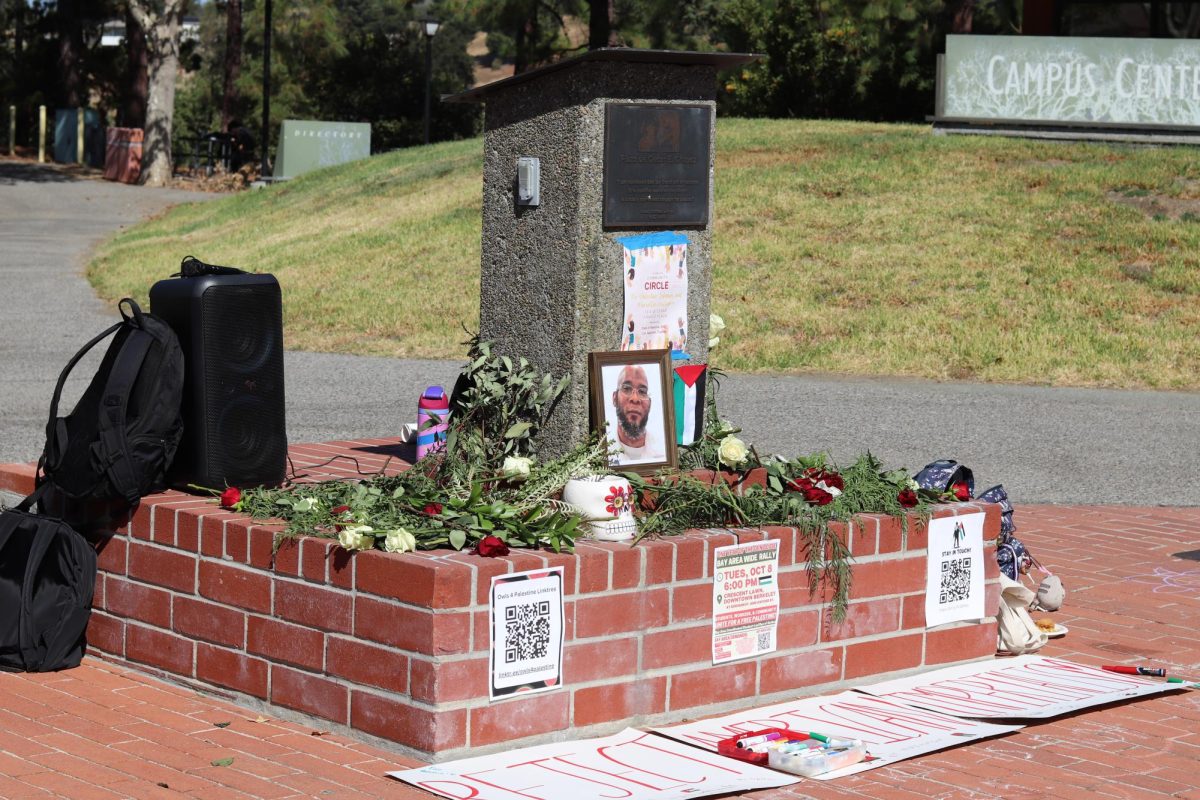
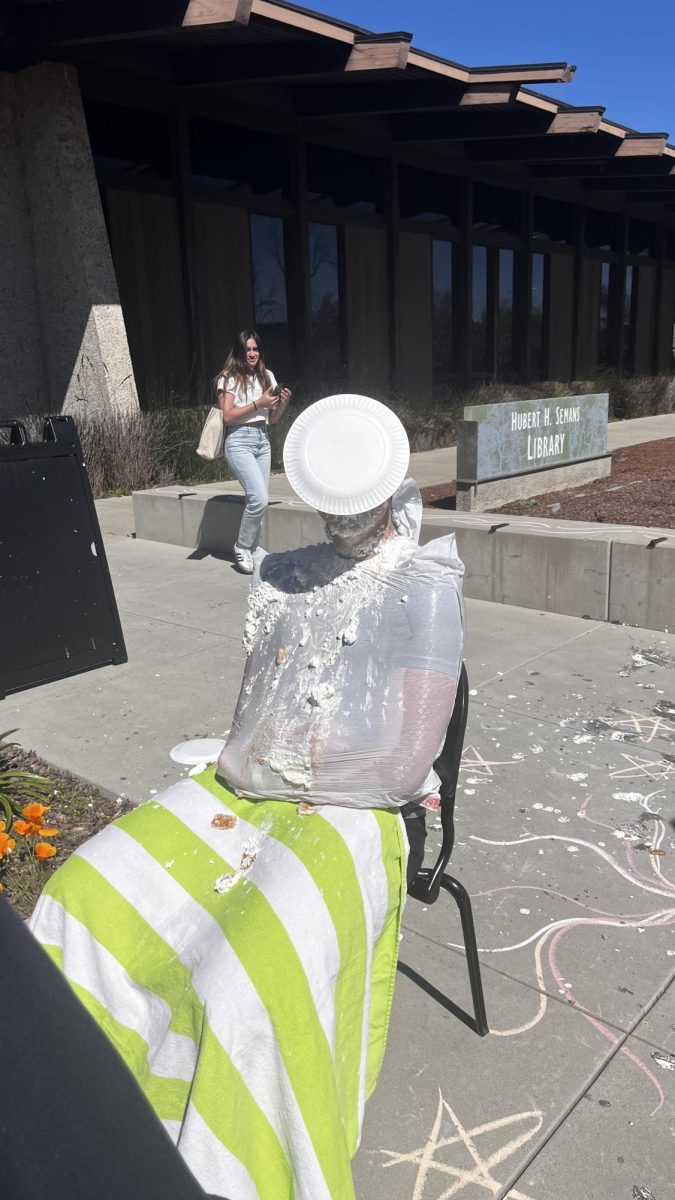



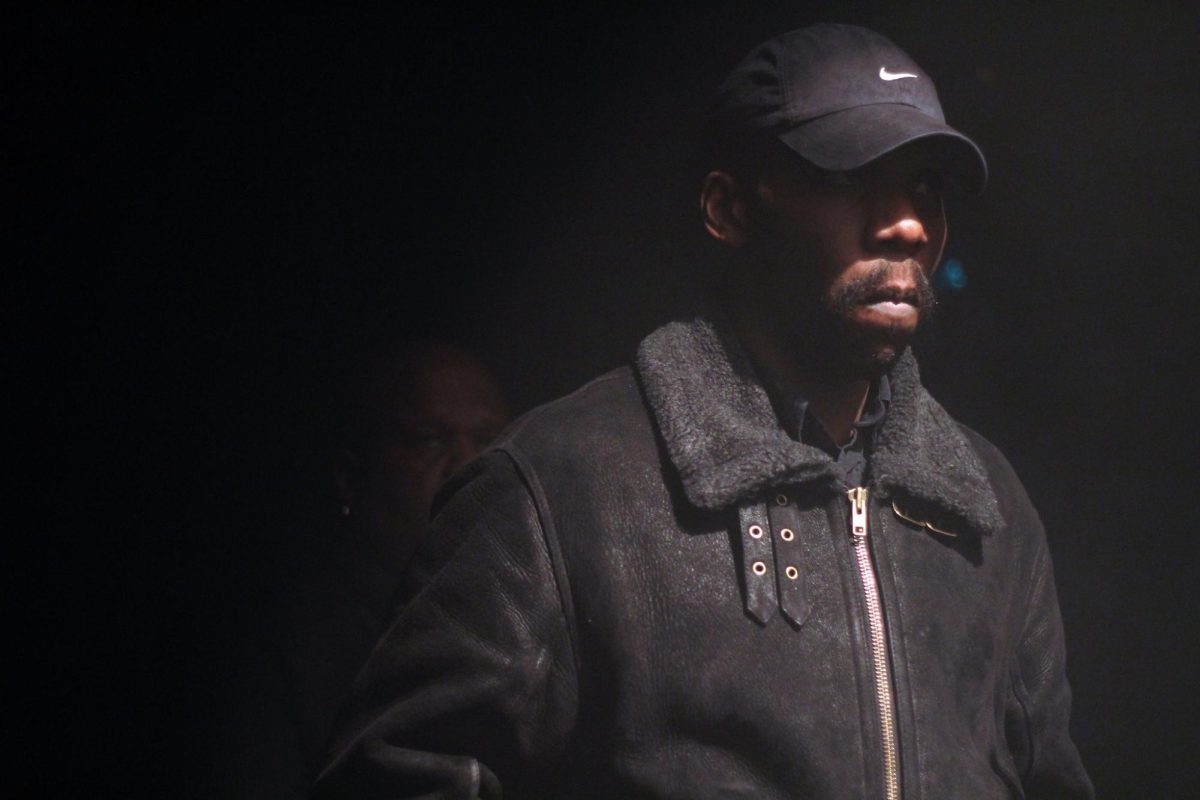


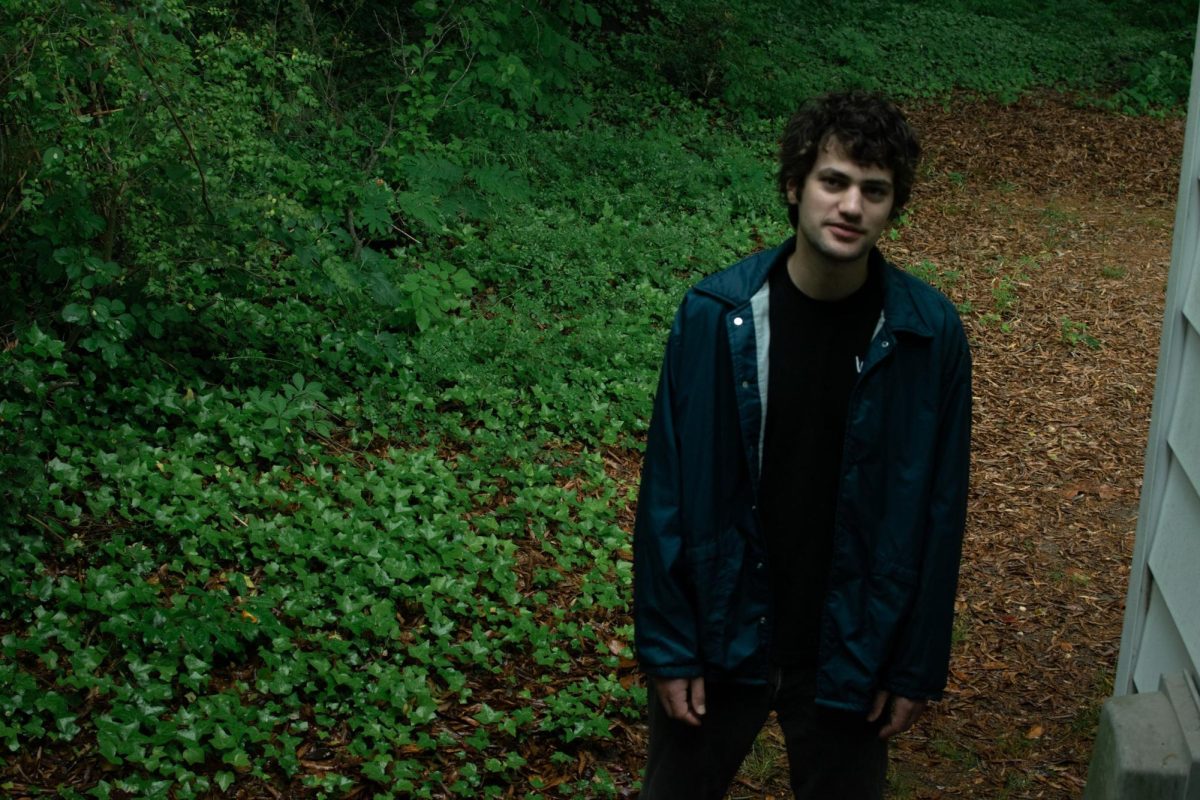
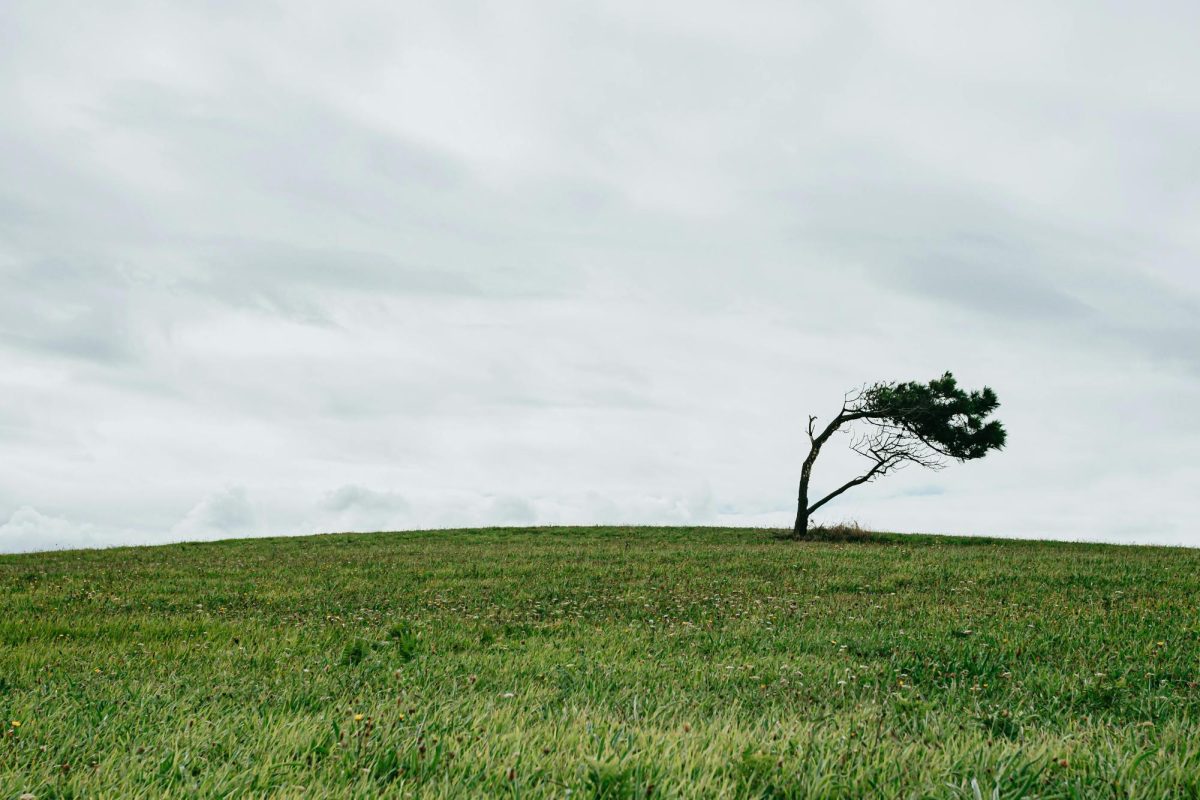

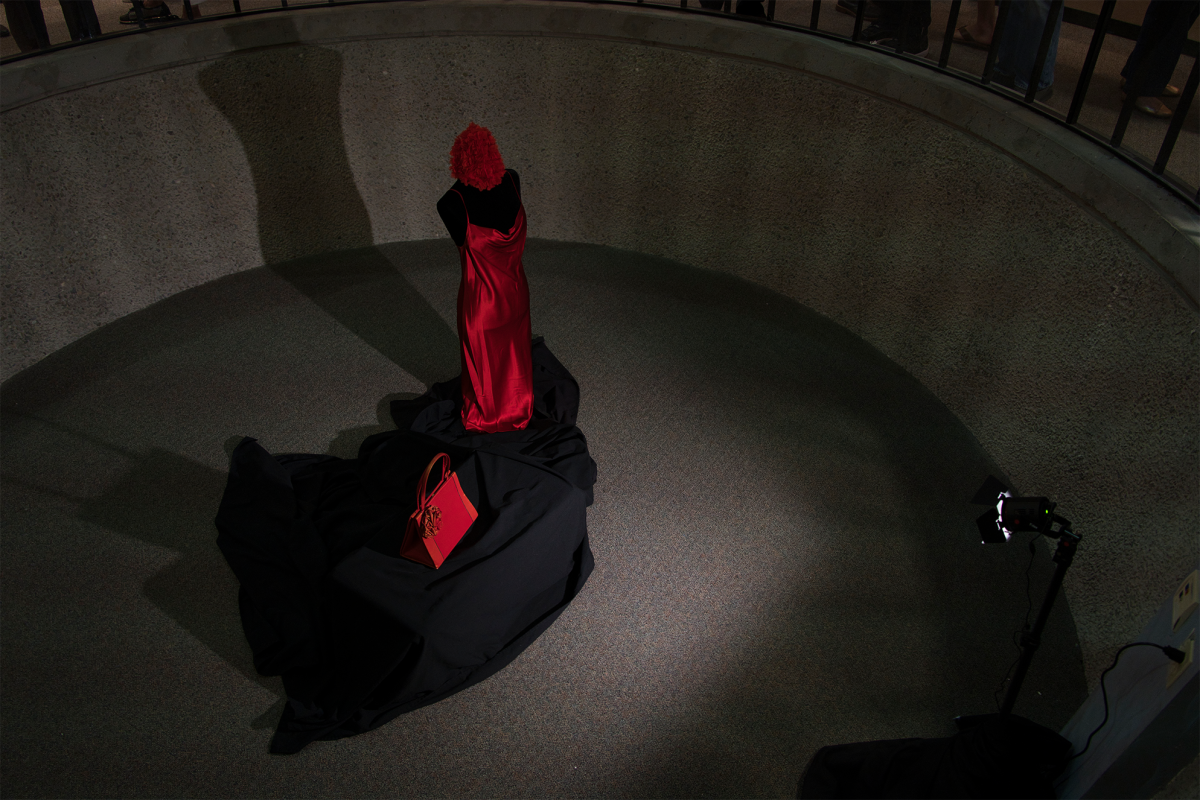

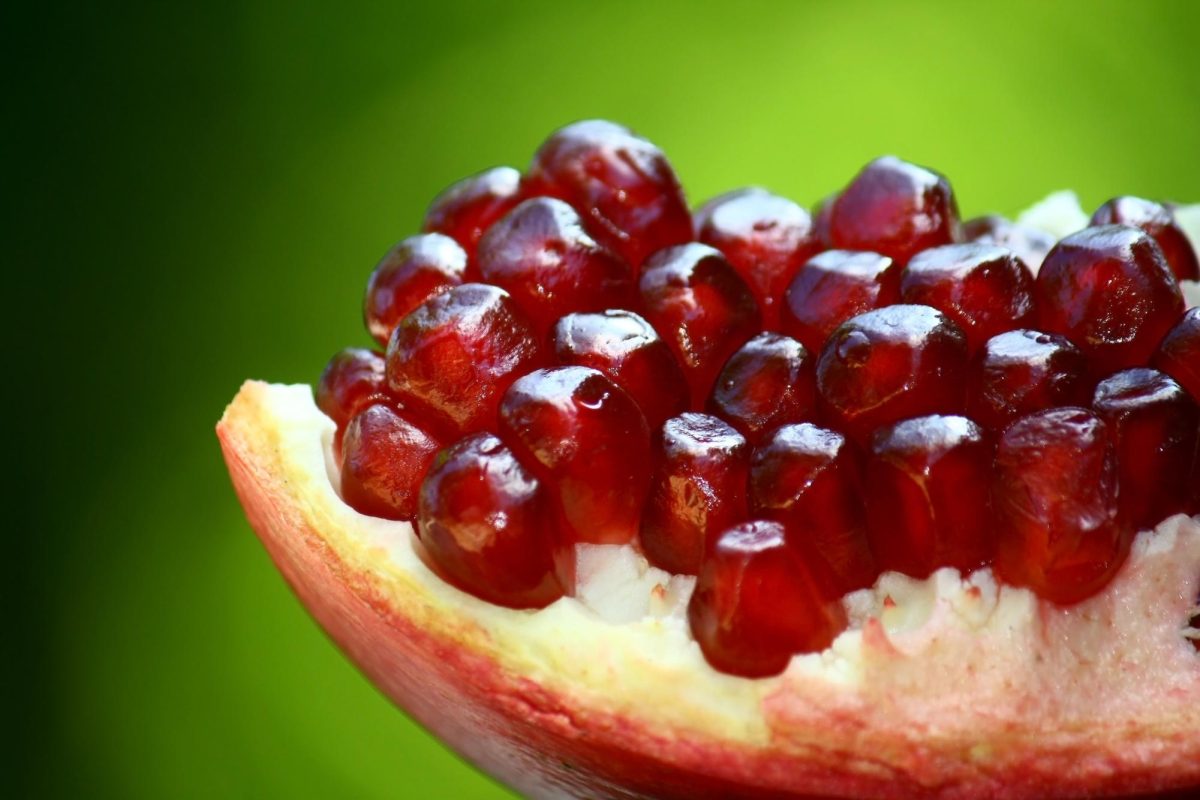



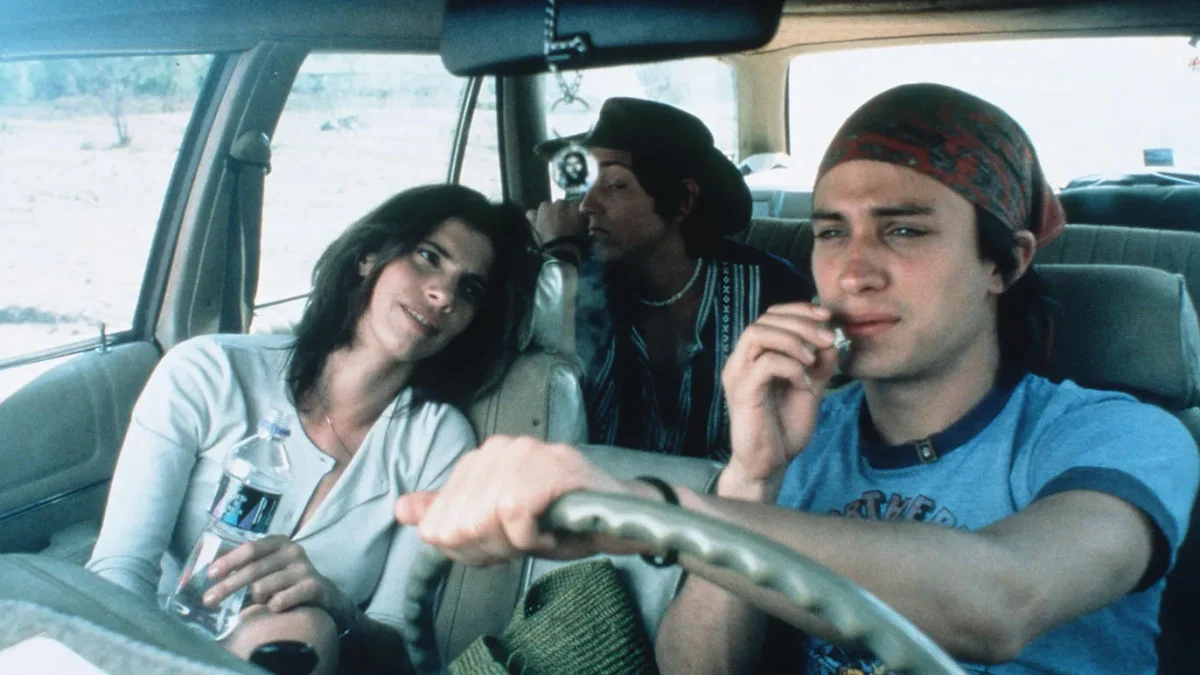

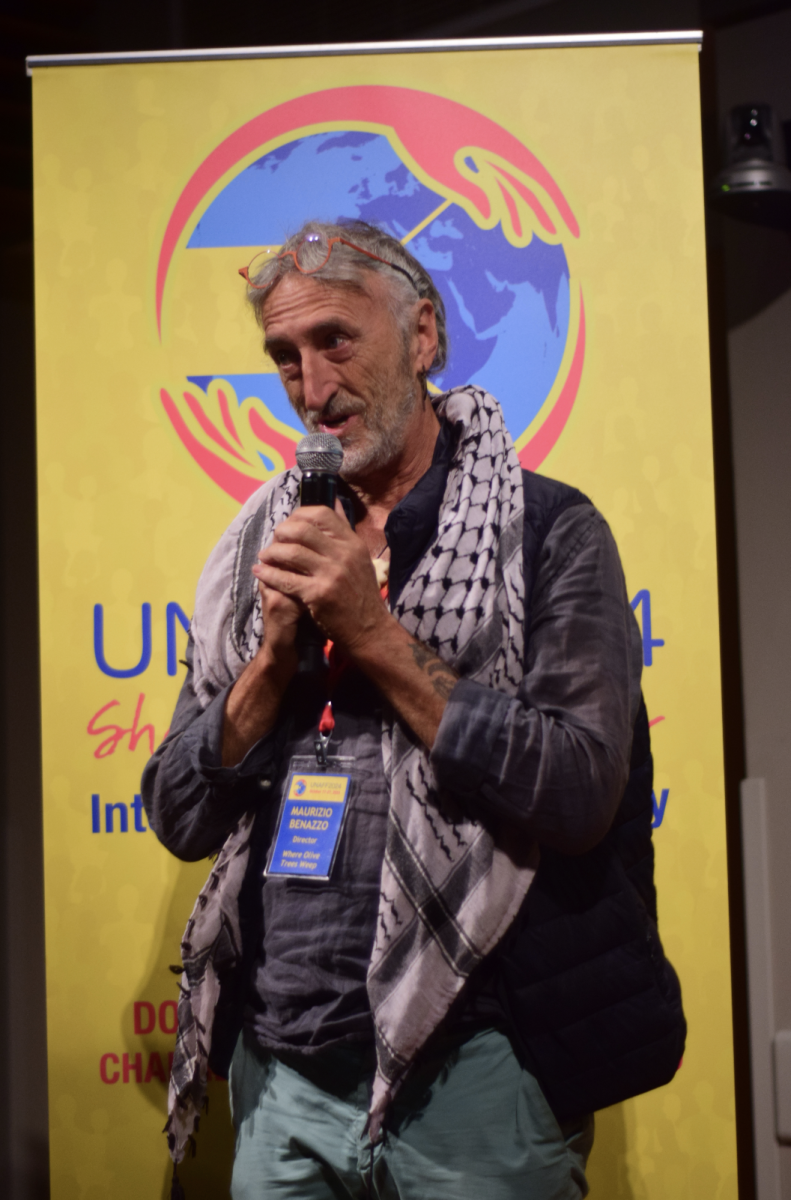
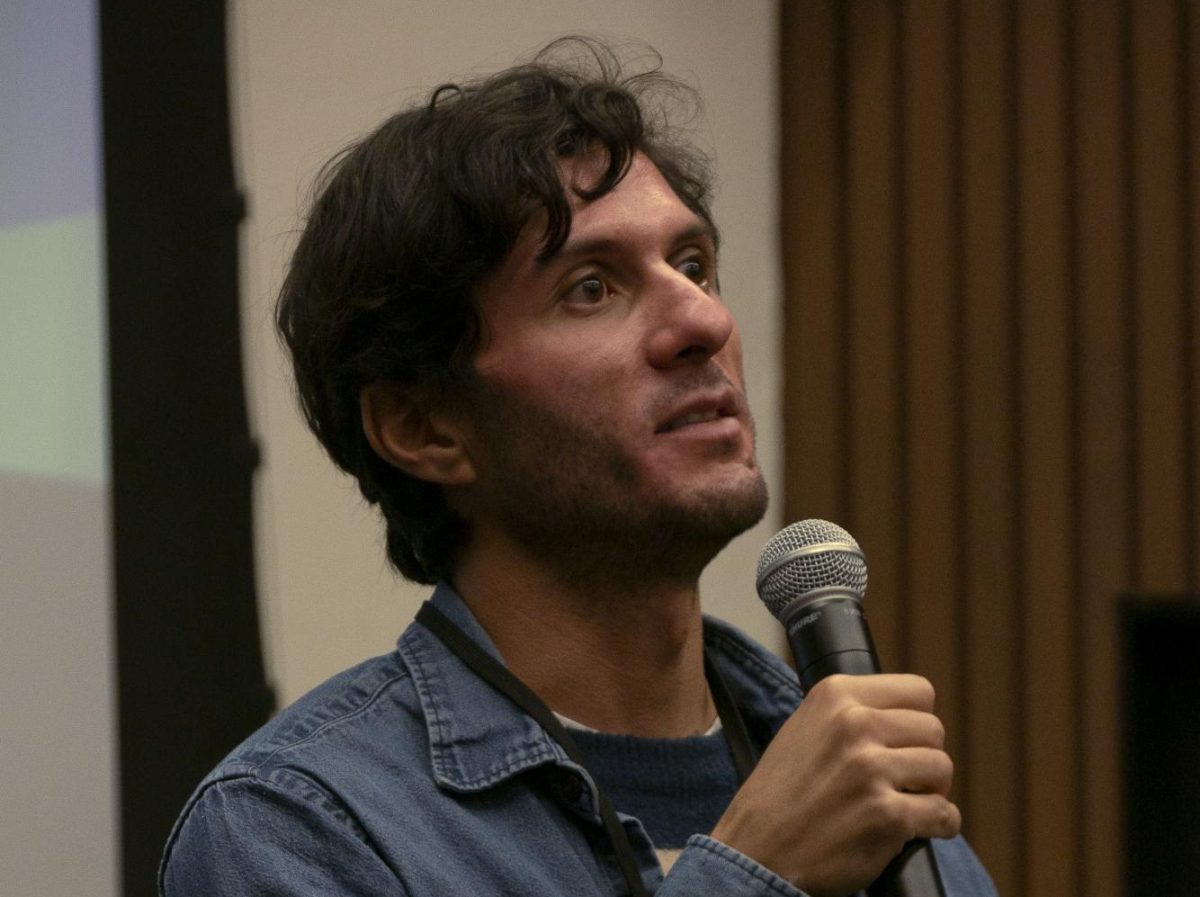
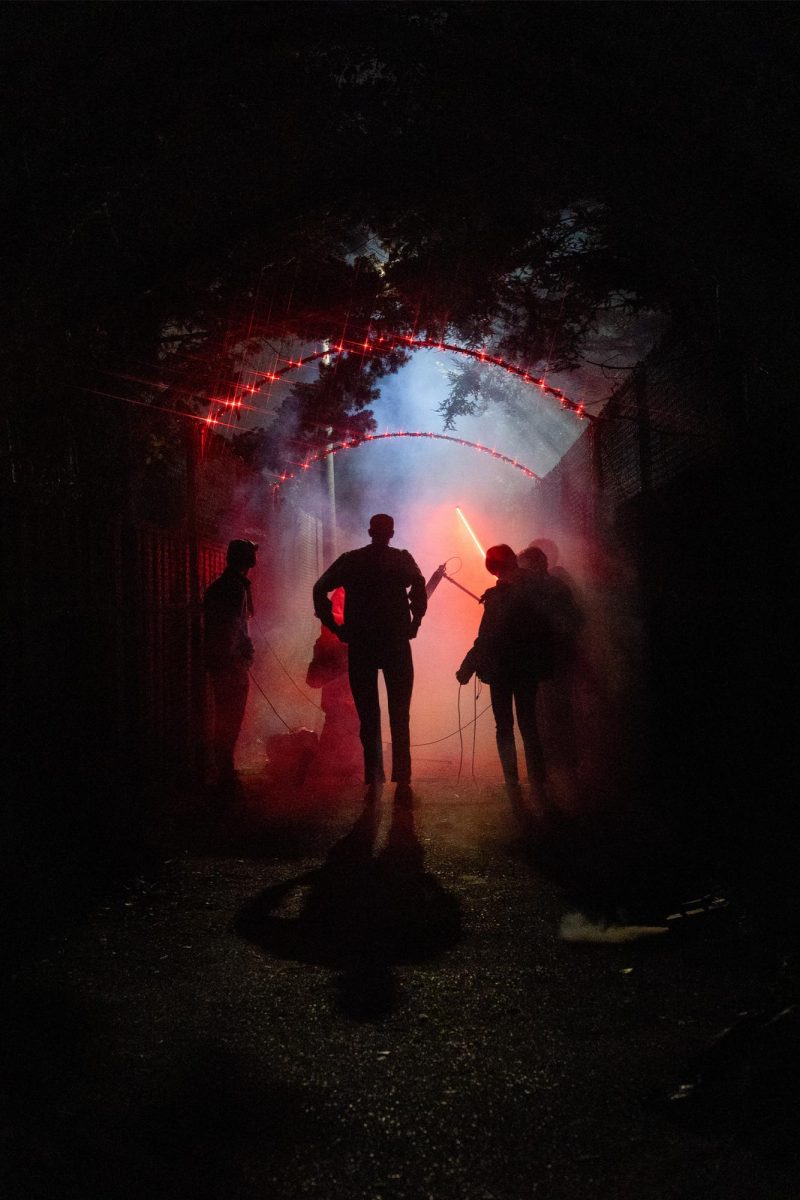

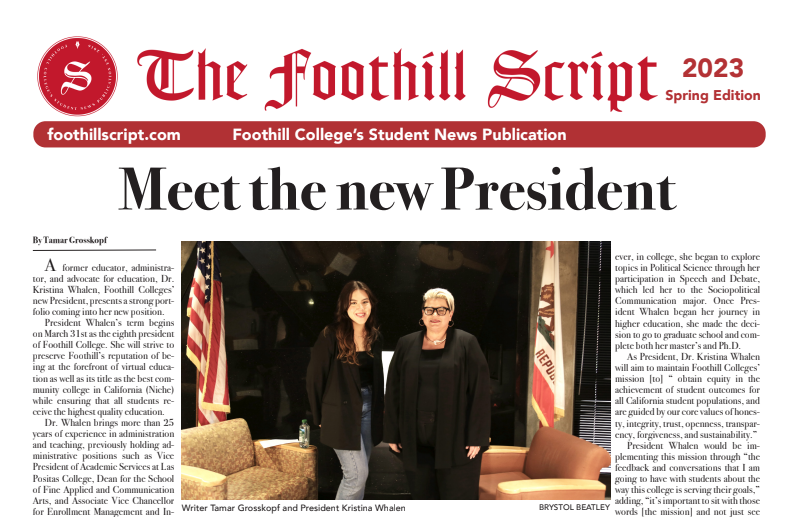


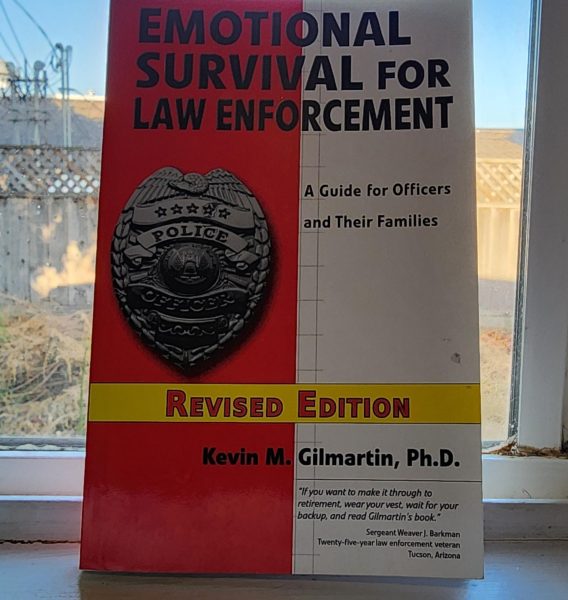






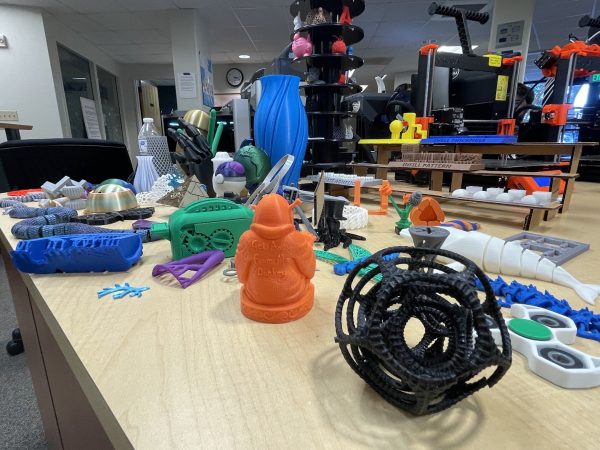

Yuseira E Jimenez
Oct 9, 2017 at 3:15 pm
Dear Sophia Falco,
Your article was really interesting and eye opening to read especially with all these natural disasters happening. There was one line in your article that struck out to me that stated, “The oceans are absorbing more than 90 percent of the increased atmospheric heat associated with emissions from human activity.” This line stood out to me because I was not aware of this and it really surprised me. Yes I knew that some human activity was not helping with global warming but I did not know to what extent of damage we were causing. Your article caught my attention because it made me really think about the farmers and how will they be able to get back on their feet with all this water damage to their fields and crops. Yes water is needed but too much of it can also kill the crop. A lot of our daily fruits and vegetables were imported from these areas especially Florida. Will we see a decrease in produce and a raise in prices of fruits and vegetables? It will be interesting to see what will happen with our food supply. I want to thank you for writing this article and furthering my knowledge of what is happening in the world because it is very important and a lot of people are not aware.
Felipe Gutierrez
Oct 7, 2017 at 11:45 pm
Felipe Gutierrez
10/07/2017 P.2
Constructive Criticism
Reading Reflection 2
Of the entire article, my favorite line from the article by Sophia Falco has to be this (which is quoted from The World Has Much to Learn from Cuba’s Agroecological Revolution by Lois Ross), “These days, many nations are also recognizing that health, environment and the need to address climate change means we will all likely soon need to emulate at least some of the Cuban farm and urban food production practices.” The reason I personally selected this line is because she stated that when problems are clearly coming, we should change in order to lessen the effect of the problem instead of doing nothing. Although, the author could have explained her point simpler for more readers to have a better understanding of what she is stating.